Whether he is hijacking plastic or determining the “tectonics of blanket-ness,” Thomas Moran spends a lot of time in a fabrication lab. But there is nothing fabricated about this Ann Arbor–based architect’s interest in materiality or his commitment to collaboration—or his belief that architecture should have a funny side. "Architects often wear many hats: urban designer, bureaucrat, philosopher,” he says. “So why not comedian? Why not use architecture as a medium to lighten things up?”
On top of preparing for the Biennale, Moran, who is an assistant professor at the University of Michigan’s Taubman College of Architecture and Urban Planning, joins with colleagues for a slew of other design projects.
Visual irony and what he calls “cognitive slapstick” are at the center of Moran’s work. A prime example is Between You and Me, the basis for his League Prize exhibition. For this project, Moran and Taubman College colleague Meredith Miller constructed caryatids with human characteristics out of aluminum foil and foam. Seeking to blur the line between humans and inanimate objects, they merged deadpan wit with an element of surprise.
Moran and Miller also submitted a bold proposition this year to the IDEAS CITY competition, sponsored by the New Museum in New York: a big ”blanket fort,” made of aluminum, to lean against the museum’s facade. They envisioned a playful structure that would incite conversation. Though they didn’t win, they got deeply involved in the fabrication process, exploring materials that could best reflect the “tectonics of blanketness.”
Currently, Moran and Miller are researching how pollutants might be architecturally useful. According to a 2013 report from the Geological Society of America, plastic pollutants in the Pacific are fusing with natural materials to form a rock called plastiglomerate. “Whether we like it or not,” Moran notes, “plastic is making it into the geological record. So, instead of wringing our hands, we’re assessing the question, What can we do with that new material?” In their studio, Moran and Miller are trying to recreate the natural processes that produce this conglomerate as grounds for further experimentation.
Collaboration also guides Moran’s work at THING THING, a Detroit-based studio established in 2012. THING THING experiments with fabrication methods to engineer new materials, often working with post-consumer recycled polyethylene plastic. The whimsical results—eye-popping urban sculptures or stools whose seats are molded from frying pans—reflect a Dadaist sensibility that capitalizes on the incongruity between materials and the resulting objects.
Moran grew up helping in his family’s construction business in the Chicago area—which may explain his affinity for getting his hands dirty in the building process. He got a B.S. in Architectural Studies from the University of Illinois Urbana-Champaign and a Master in Architecture from Yale. He joined Taubman College’s tight-knit studio as a Muschenheim Fellow in 2009, which led to his teaching appointment.
Moran’s work with T+E+A+M for the Venice Architecture Biennale will be a major step toward potential international visibility. T+E+A+M—the group includes Moran, Ellie Abrons, and Adam Fure, and Miller—is one of a dozen groups commissioned by curators Cynthia Davidson and Monica Ponce de Leon to produce work for the U.S. Pavilion, whose title this year is The Architectural Imagination. Each group will generate a project specific to Detroit. Collectively, the pavilion will examine architecture’s role in catalyzing change in a postindustrial city.
T+E+A+M is studying the Packard Automotive Plant, an Albert Kahn–designed factory that opened in 1903, the first car factory built using reinforced concrete. The hulking complex has long been abandoned. Moran emphasizes that while the plant is often seen as an emblem of ruin, it was an innovative prototype for 20th-century industrial architecture—still a symbol not just of decay but of potential. The group is scrutinizing the building’s physicality and testing materials to discuss larger questions about urban development. “We are more interested in the forward-looking possibilities of material,” Moran says, “in contrast to approaches that glamorize decay.”
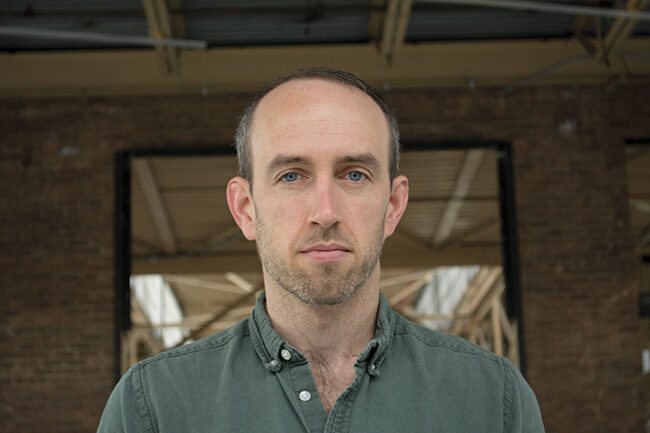
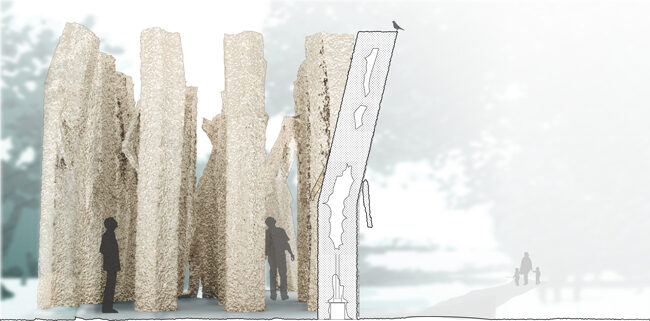
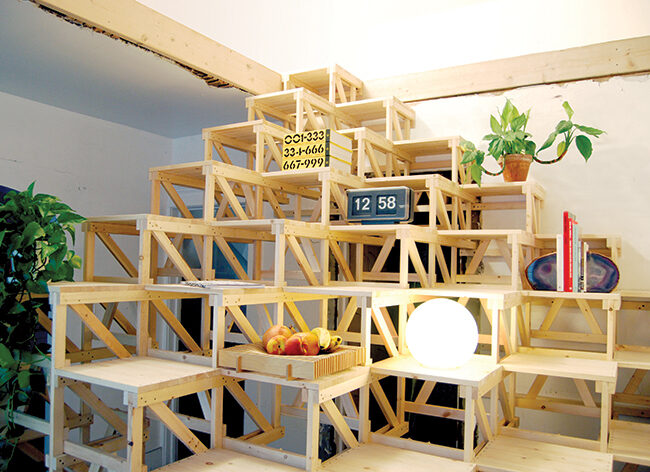
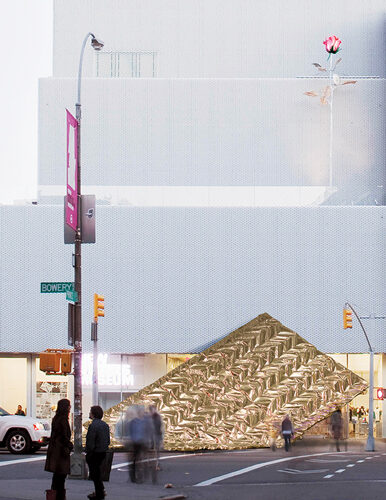
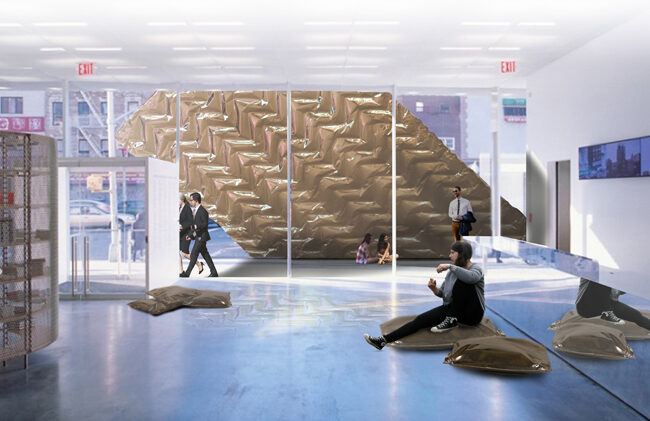
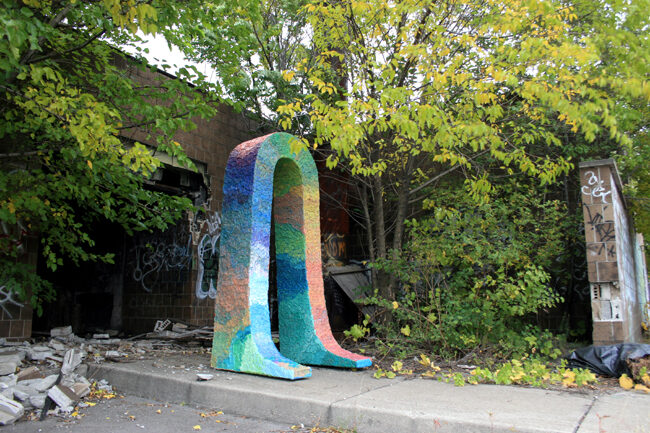


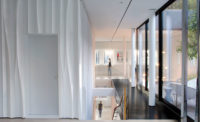
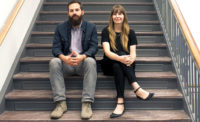
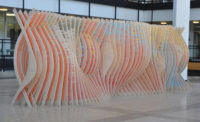


Post a comment to this article
Report Abusive Comment